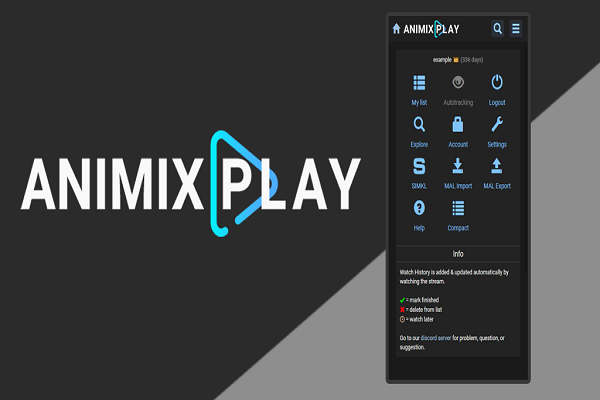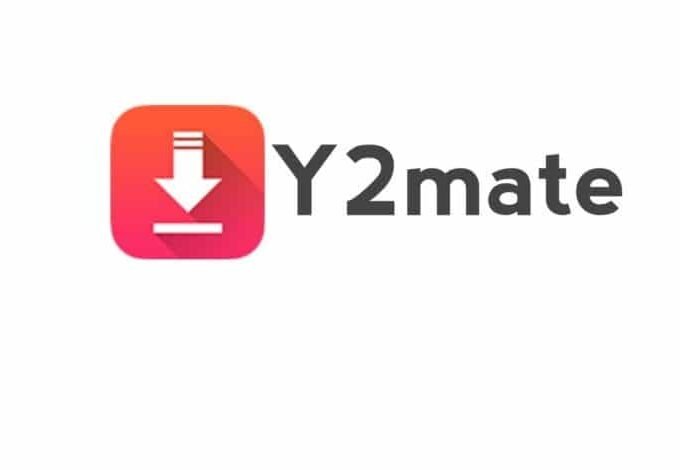API and web services have so much common ground, and it is not surprising that some people use them interchangeably. But what is API, and how is it different from web service? Well, these two have their distinction, which is evident in their concept. This article will help you understand these differences.
What Are Web Services?
Web service is a network of open source standards and protocols that allows you to exchange data between applications or systems. Also defined as the World Wide Web Consortium, a web service is a resource available on the internet and adheres to various standards.
As a network-based resource, a web service uses a network to facilitate interoperable machine-to-machine interaction. In most cases, the web service uses HTTP to support communication between two systems. This makes all web services. Usually, this is triggered by sending a request mostly in XML, HTML files, JSON, audio files, or images.
Types of Web Services
Web services are available in two ways; SOAP and Rest.
- SOAP– Simple Object Access Protocol is designed to ensure that programs with different programming languages and platforms can securely exchange data. This messaging protocol uses HTTP requests to share XML data.
- REST– Representational State Transfer, better known as REST, is a type of web service designed to work with the components of a hardware device such as media and files.
Features of Web Services
Some common features of web services include:
- Loosely coupled– With web services, you cannot send a request or directly interact with the web services.
- XML-Based- Web Services use XML for both data transportation and data representation.
- Supports Remote Procedure Calls– Clients can use XML-based protocols to call methods, processes, and functions.
- Synchronous or Asynchronous Functionality- A web service has synchronous functionality that lets you call the service and wait for the call to be returned. Also, the asynchronous functionality lest you stop all other operations as you wait for the call to return.
- Supports Document Exchange– Web services use XML to support exchanges of complex documents, which helps with business integration.
What is an API?
So what is API? Application Programming Interface, or API, is typically an interface that allows the interaction of two applications without the intervention of a user. We suggest that you read this new article about API if you want to dig deeper and learn the benefits of using APIs. In simple terms, it can be described as a set of procedures and functions that lets you access and build the functionality and data of an existing application. Hence, you can write programs that interface with other programs with ease.
Features of an API
- Integration with GUI
- Language independent
- Data ownership
- Wider reach
- Time effective
- Personalization
Differences Between Web Services and API
As mentioned before, some people often mistake API and web services for each other. The key difference is that web services facilitate communication between two machines on a network, while a web API acts as an interface for communication between two different applications at azm to.
Other differences include;
· How to Use
Web services must use a network to facilitate communication between two systems. On the other hand, API can be used online or offline and does not require a network. For this reason, all web services are APIs, while not all are web services.
- Type of Protocol
Web services use three types of protocol like SOAP, REST, and XML-RPC. However, APIs can use any protocol or design style to communicate.
- Type of Architecture
Since web services support the SOAP protocol to communicate over a network, they have heavy architecture. This is unlike the lightweight architecture.
- Who Can Use
For you to use web services, you must understand XML. As for, you must understand XML or JSON.
- Ability to Compress
When it comes to web services, HTML requests can be compressed, while XML requests cannot be compressed. On the contrary, API can compress data.
- Set of Rules
Unlike a web API, A web service does not have a set of rules or specifications. The downside of this is that it cannot perform all functions that can.
Advantages of Web Services
- Allows exchange of data between different platforms and applications
- It prioritizes interoperability
- Promotes faster communications in organizations
- Acts as a building block to facilitate easy reuse of web service components
Disadvantages of Web Services
- Does not support emerging web developments
- HTTP protocol may not be very reliable
- Doesn’t access from browser
Advantages of API
- It allows access from the browser
- Supports different communication styles
- Allows data compression
Disadvantages of API
- Requires programming knowledge
- High maintenance cost
- Creating API can be time-consuming
Conclusion
Ultimately, all web services are APIs, but not all can be classified as web services. A web service is a network-based resource that allows interoperating between different applications, while an is an interface that lets you build on the data of another application. Despite their differences, both are very useful since they facilitate communication between service providers and consumers.








Leave a comment